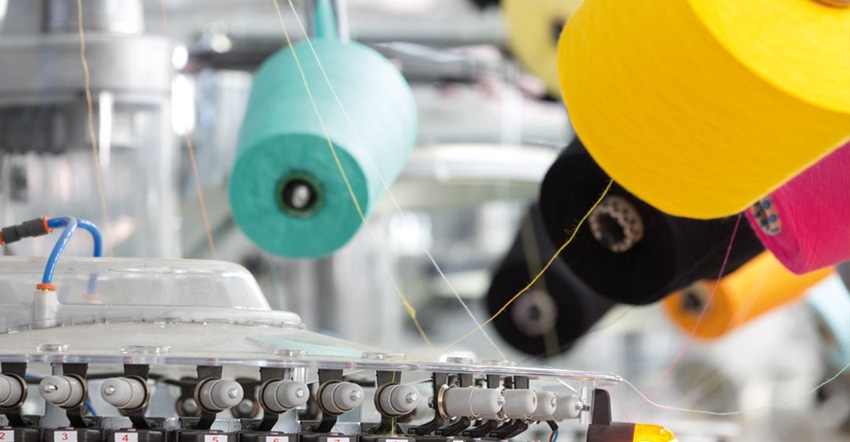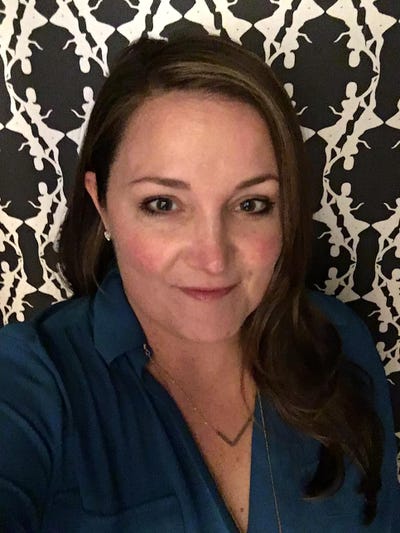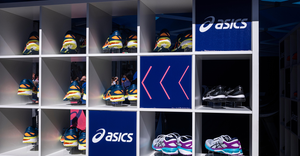
During Circular City Week New York 2021, the Consulate General of Finland in New York (CGFNY) hosted, "FROM WASTE TO FASHION: Solutions for Fashion Brands in Transition to Greener Future."
This event focused on the urgent environmental challenges in the textile and fashion industries with a discussion featuring Caroline Brown, managing director, Closed Loop Partners; Rachel Kibbe, CEO & founder, Circular Services Group; and Rolf Ekroth, fashion designer & creative director. The conversation was moderated by Francois Souchet, lead for Make Fashion Circular, The Ellen MacArthur Foundation.
Brown opened the conversation by saying that it’s a very exciting time to be working in the circular economy. “A couple of the major changes we’ve seen emerge in the past few years,” she noted, include “the shifting of consumer sentiment, demanding transparency to understand where their products are from, how they’re made, and where they end up at end of life.” Also, “we’re seeing this space getting more and more crowded with innovators, and that landscape is very different than it was even 24 months ago.”
Kibbe echoed Brown’s observations by noting that, “we’ve really seen the industry go from sustainability and circularity being a fringe topic and nice-to-have, to industry-wide adoption; everyone is having to reckon with their sustainability and circularity plans.” And, “brands have an opportunity for education, innovation, and the scaling of new technologies.” Ekroth also reflected on the striking changes that have happened in a short amount of time: “Trying to find recycled fabrics even five or six years ago…it wasn’t impossible, but it was vastly different than now. Fabric makers used to have this small amount of these types of fabrics, and they were like four times as much as the normal ones. Nowadays I can go to almost any manufacturer and ask for this recycled or ‘green’ fabric, and they have lots of them — and the prices are almost the same as normal fabrics.”
As for the main trends shaping the transition to move a circular economy forward, Brown noted that it comes down to capital. “All of this requires investment and funding, to innovate and get some of these amazing solutions to scale…equally important is corporate adoption along with continued consumer education and action.”
Ekroth went on to talk about a new fabric that he has been using, made by Finnish energy company Fortnum. The fabric is called Bio2™ and is made out of straw typically discarded as agro-reside. This type of straw would often be burned, which “is one of the worst polluters on earth, so it’s amazing we can get rid of the pollution and also bring extra revenue to farmers. The quality of this fabric has also blown my mind.” The main topic for Ekroth’s next collection is that “we can get food and clothing form the same crop.”
Souchet asked the panelists what they see as the main hurdles that keep customers from accessing and buying more sustainable fashion. Kibbe said that, “I think it’s really still cost. We need investment in scaling this infrastructure and innovations because…we can only get price parity of these options if we have the scale.” Brown also added that, “You [still] don’t always have the opportunity to choose a sustainable option; some categories — like swimwear and active — can be more challenging. Even people who want to buy sustainable are not always presented with the choice.”
Souchet then asked the panelists how sustainable fashion can help create more opportunities for underserved communities. Kibbe observed that, “We’re in a time right now where a lot of people are looking for jobs and there is a huge opportunity in the circular economy to retool workforces and provide those jobs; I think there is a desperate need for it, in fact. And there is also a lot of skilled labor that doesn’t need a retooling of skills, they just need work.” She noted that 200 garment factories have closed completely since March 2020. And, in her work with the Skilled Laborers Brigade, “we started finding work for these folks through upcycling of materials, and we continue to work with them to upcycle and repair apparel. This is some of the most skilled labor in the U.S. for the fashion industry.”
Ekroth summed up the conversation well by saying, “There are lots of reasons to be cynical in today’s world, but I really don’t think there’s any reason not to have hope in fashion now because I’ve seen what amazing things can be achieved here.”
About the Author(s)
You May Also Like




